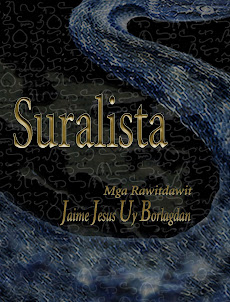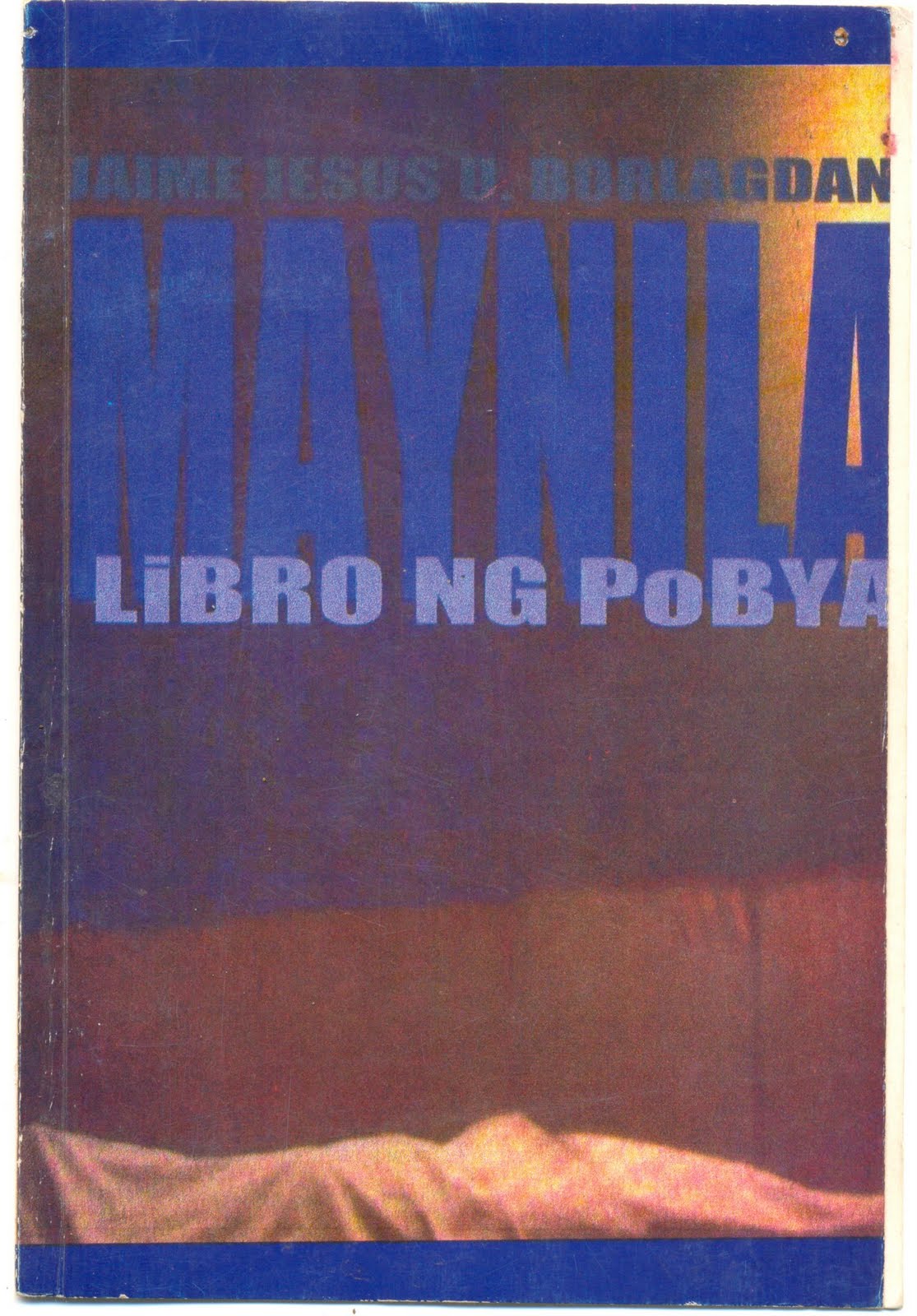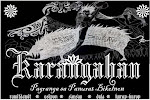
Sain hali an diklom kan kahewasan?
Sa kawaran ki liwanag buda lawas
An buta kong kalag nakamaan duman.
Liwanag sa diklom, ihurma an bulan
Malipot na rarom an púro iluwas
Digdi hali an diklom kan kahewasan?
Sa isla kan itom mong alinawnawan
Mamundo sa tahaw kan dagat na gatas
An paha kong kalag minahigop duman.
Sa dungo mong duwang kuwebang istaran
Kan ermitanyong parong, hangos na halas
Minakamang an diklom kan kahewasan.
An ngirit kan yukyok mo an inarugan
Kan palatawan kaining planetang layas
An gadan kong kalag minaladop duman.
Digdi sa hapot ika an kasimbagan
Sa simbag iyo man an walat na ngalas
Simo hali an diklom kan kahewasan
Ilabto ko an bilog kong kalag duman.
Abril 2, 2007. Karanggahan.
Translation:
Where is the source of the darkness of space?
In the abscence of light and form
my blind soul is looking there.
Light in the dark, molds the moon
warmthless depth producing the pure
is this the source of the darkness of space?
In the black isle of your pupil
sorrowful in the midst of a sea of milk
my thirsty soul drinks from there.
From your nose which are pair of caves home
to an hermit scent, snake of breathing
crawls the darkness of space.
The smile of your armpits are imitated
by the water where these wild planets float
my dead soul dives there.
To this question you are the answer
in the answer you are the awe which is left
The darkness of space comes from you
I dip my entire soul there.
Villanelle I
Posted by
Jai Jesus Uy Borlagdan
Friday, April 27, 2007








0 comments:
Post a Comment